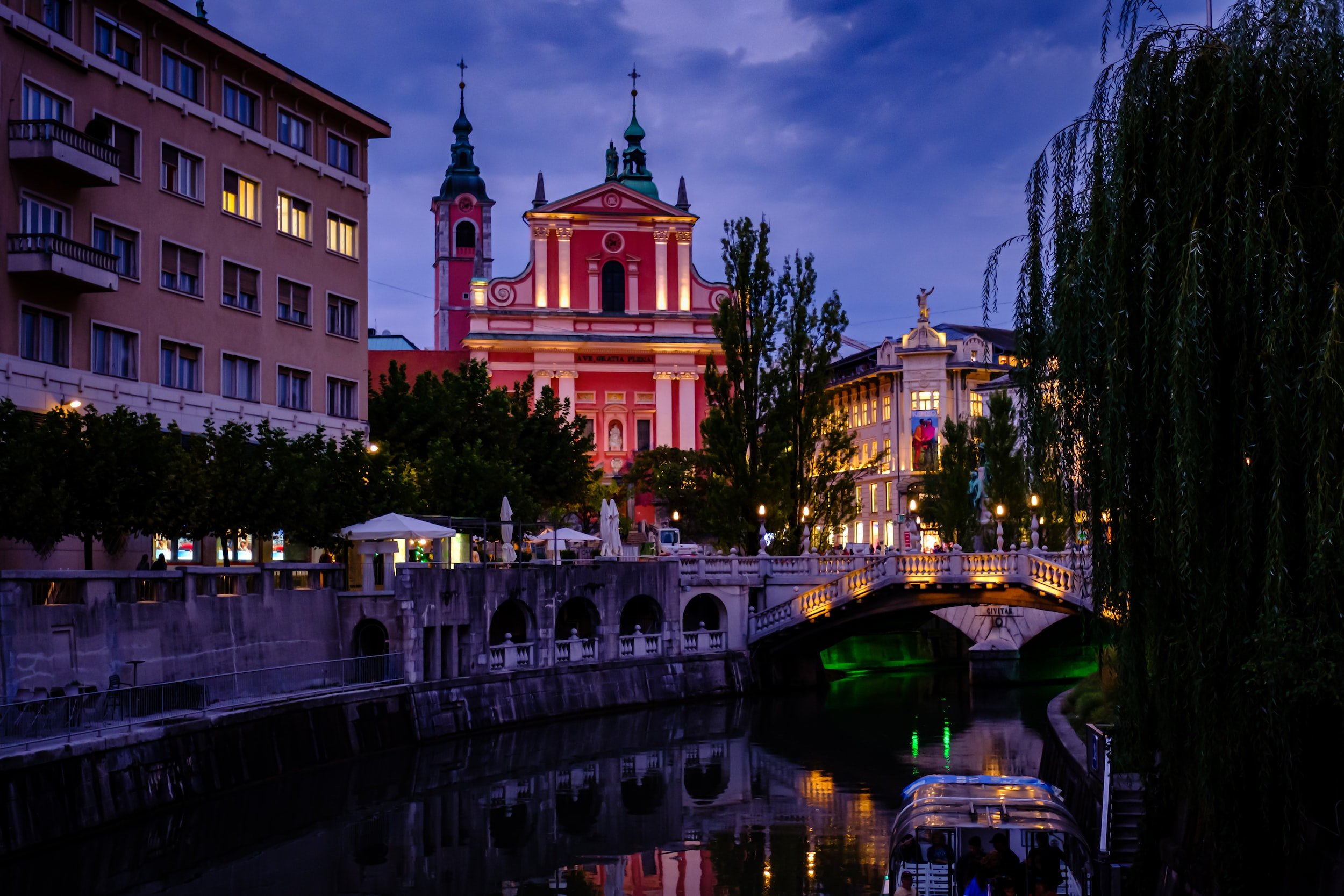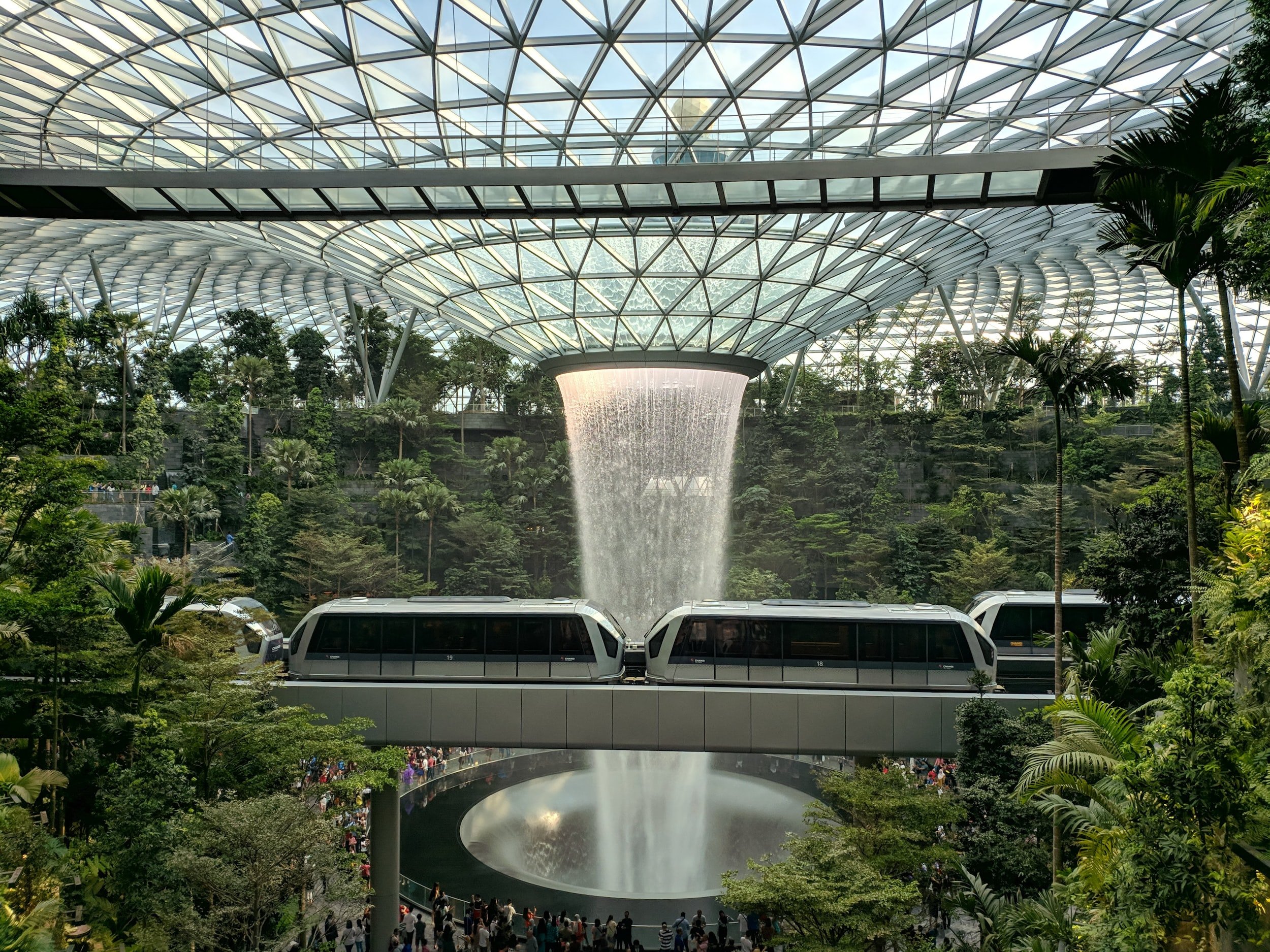Meander 4: The Inner and the Outer
No river can run in a straight line longer than ten times its width, even in a flat valley. If the river is fifty feet wide, it will stray from its course in five hundred feet or less. This is due to shifting sediment accumulation along the river's path, causing variable current speeds. When the currents become strong enough to eat into the banks in some areas, the river begins to meander.
In my last post, Meander 3, I wrote about how my idealism surrounding democracy was crushed when I first attended public meetings in the 1980s. I found the behaviors that I observed in community meetings to be largely… undemocratic. And I decided to do something about it by creating a nonprofit organization with the hopes that a meander into community work might revitalize or even save democracy. I was naive and idealistic.
Now, 40+ years later, I’ve witnessed a downward spiral, and that undemocratic behavior has metastasized into outright lies and hatred. Sadly, this undemocracy has become fully accepted for a significant portion of the country.
In my second meander post, I wrote about our “built environment”. As a means of brief summation, I’ve always felt that unless we are willing to re-imagine and re-design our towns and cities, all the talk about sustainability, equity and justice rings hollow and hypocritical.
How can our modern cities reflect our yearnings for health, community, nature, and beauty? American cities are wasteful. I make this statement with a degree of sadness and regret because I know it doesn’t need to be this way. I grew up in Ljubljana, the capital of Slovenia, and I felt safe walking and exploring the city’s streets. I lived right in the heart of the city, overlooking the most important public space, the Prešeren Trg, named after an admired Slovenian romantic poet. Imagine, honoring a poet of all people in this revered spot! The plaza has six roads and one bridge leading into it, surrounded by eight buildings. So as not to interfere with the importance of the central public space, these buildings face the center, softening their rectangular shape by creating a mini façade that faces the center, politely bowing to the public space.
Gazing up from the center of the square across the bridge, one can see a castle on the hill above it and City Hall on street level. Glancing in the opposite direction, the road leads to another green hill. The city’s boundaries were expressed by a clear separation of human development from nature and agriculture. “Placemaking” and “way-finding” are modern buzzwords suggesting such sensibilities in the built environment. In Ljubljana, as in most traditional cities designed in the pre-car era, this approach was so normal that we had no words for it.
I first visited the United States in 1969. I traveled to New York with my OHO friend David Nez in preparation for MoMA's Information Show in 1970. I quickly learned that American cities do not know much about placemaking and way-finding. We landed at Kennedy airport and boarded a bus bound for the YMCA in the center of Manhattan. I saw, for the first time, traffic jams going both ways on multi-lane roads. Where were all these people going? Why aren't they walking? And I noticed the entire landscape along the bus route was altered by buildings, highways, parking lots, dumps, factories, more parking lots, an occasional graveyard (a green space!), more highways, ad infinitum… an endless, knotted sprawl stretching on and on, encompassing the equivalent size of the entire country of Slovenia.
Finally, our bus reached Manhattan. At last, something recognizable. I instantly liked the city's center. We drove through canyons of tall buildings. The sidewalks were full of people walking. But I couldn’t release the negative feelings I experienced while navigating that endless sprawl to reach the city. What happened to green belts? It felt wasteful; commuters stuck in traffic, nature shunned, pollution, noise, and people (literally) driving themselves crazy. Total dominance of people over the Earth. And for what? So that people could live away from others, some distance from their places of work, schools, and stores. Not only did it seem wasteful, it seemed misguided.
I did quick calculations in my mind and right away recognized the problems that sprawl presented. There were traffic jams on the road I took to the city. This road was only one of many. They were all clogged.
I believe that in the coming decades, necessity and desire will encourage cities to compact themselves into dozens upon dozens of villages and towns with distinct identities. Wild green spaces and agricultural activities will reclaim the liberated space. These reimagined cities and towns will combine the best of traditional high-density urban design with modern mass transit and communication technologies. These reconstituted urban areas will be small but more densely populated. Offices, stores and restaurants, housing, parks, and open spaces will all be within walking distance for the people. Tentacles of wilderness will celebrate watersheds, riverbanks, shorelines, ravines, and hills, and reach into the heart of each village and town, while clear boundaries will honor space in which farms and wildlands will flourish. From these green spaces, the new metropolis will draw its sustenance.
As our resurgent cityscapes mature, architecture, cuisine, and the arts will develop local styles and celebrate local choices, materials and sensibilities. In this future, the differences between cities will become apparent and delightful. Driving across the country today, one would be hard-pressed to differentiate the many cities due to a monochromatic landscape of repetitious strip malls, with similar offerings in every state. The drive becomes a blur of commerce. But in our future cities, the joy of walking and the convenience of alternative transportation will diminish the requirement for the use of the single-passenger automobile. We will sacrifice the ‘personal freedoms’ the car provides us at the altar of less traffic accidents, greenhouse emissions, DUI’s and road rage. A fair trade-off.
Things we create in the world always spring from our imagination. We create them, believing it is the right thing to do at the time. We built our homes and neighborhoods and highways when land and energy were inexpensive. We did not think about the consequences of our choices. We moved away from vibrant communities. We chose neighborhoods where we surrounded ourselves with like-minded individuals, an inherent bias towards what we already knew, all the while depriving ourselves of the joys of learning something new. We paved over wetlands and moved into fertile farmlands, robbing farmers of their livelihood, and disrupting a chance for fresh and healthy local food to land on our tables. So much so that we’ve had to coin another ‘new’ phrase to celebrate the novelty of a ‘farm to table’ movement. We accepted that driving between home, work, shopping and recreation was normal. We didn’t think twice about building parking spaces - researchers have determined somewhere between three and eight for every one of our billion plus cars.
We embraced these choices so fully that now we can't imagine living differently.
But we must.
We know that no green future is possible if we continue along our current path of building/destroying. We must no longer simply aspire to make our world reflect our most precious values of respect, inclusion, and beauty. It has been, for decades, something we must do. It is imperative. Yet we continue to drive, we merrily pump CO2 into the atmosphere, and we cut down trees and acidify oceans. We know our conduct is causing destruction, but we seem unable to stop. We seem, collectively, to be in the throes of a devastating addiction, and we are indignant about protecting our rights to continue with our extravagant and damaging habits.
We must find the courage to change. And that change will require all to participate, or it will be doomed to failure. I challenge elected officials to be more courageous and confront ‘no change’ attitudes. And we, the people, need to shift from ‘how much this will cost’ to ‘how much the current system is already costing us’.
In an upcoming post, I will make my recommendations for the many things we can each do to make this livable future a reality.



